New sets ask you to try something different and branch out from your comfortable favorites. The Seeking Horizons series aims to bridge those gaps and make connections between what you enjoy doing now and what you may enjoy with the next set's debut.
Today, we adjust to a new Kassai and welcome Olympia.
While many of Flesh and Blood's classes have organic 'next steps' as far as similar decks to dabble in, Warrior has remained largely distinct. No other class places such emphasis on attack reactions; and even classes that make weapons their core strategy don't forego attack action cards altogether. The bluffing strategy of Dorinthea is famous for teaching inexperienced players a new axis to consider when blocking. And while not nearly as unpredictable as the Dawnblade, each of Kassai, Cintari Sellsword's saber attacks puts her one step closer to an overwhelming combo turn.
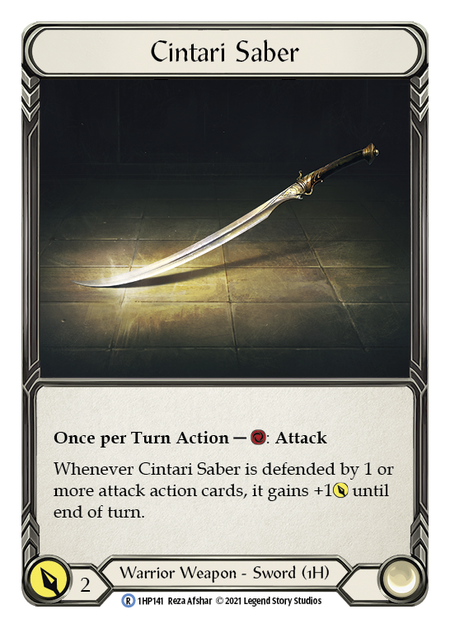
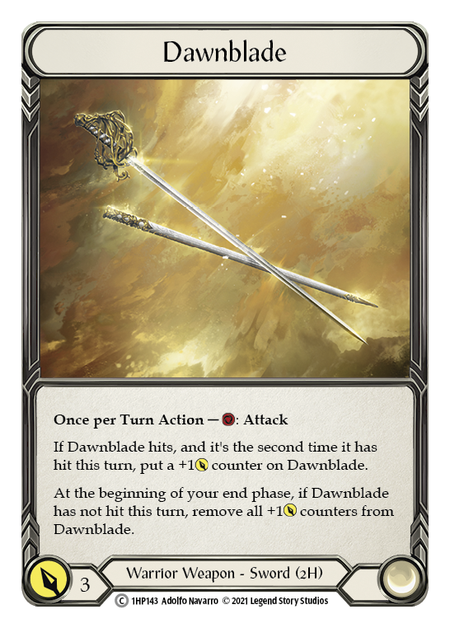
From what we've seen so far, the Warriors of Heavy Hitters are more closely aligned with Boltyn's style of Warrior than Dorinthea or the indefinitely-retired Kassai, Cintari Sellsword. Like the young Cintari hero, Boltyn is also building toward a combo finish, but he's much more concerned about the secondary effects of his plays than that they actually hit. His weapons - whether they be Cintari Sabers or Raydn - improve his damage output and facilitate his finisher, but most turns are built on the backs of attack actions.
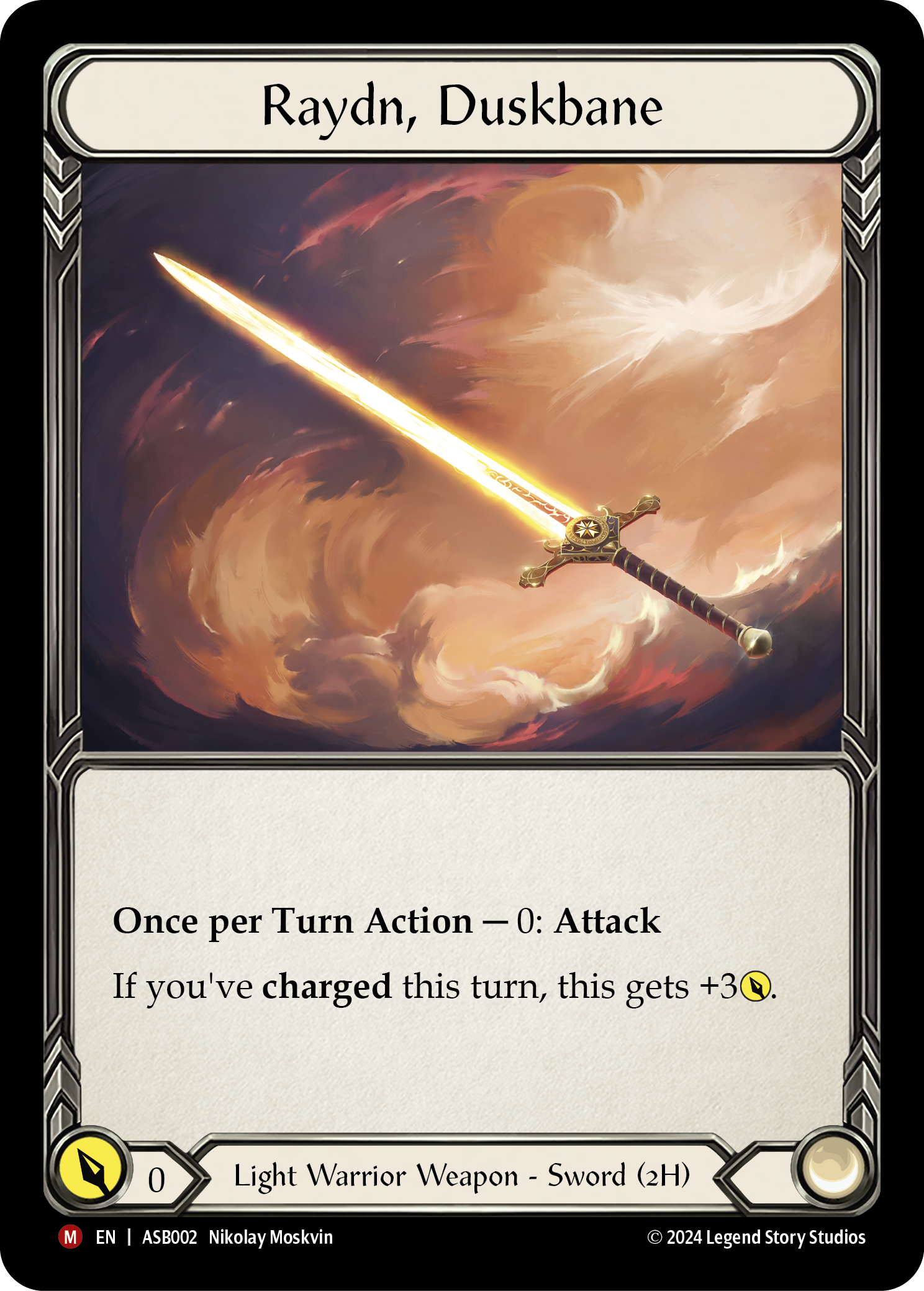
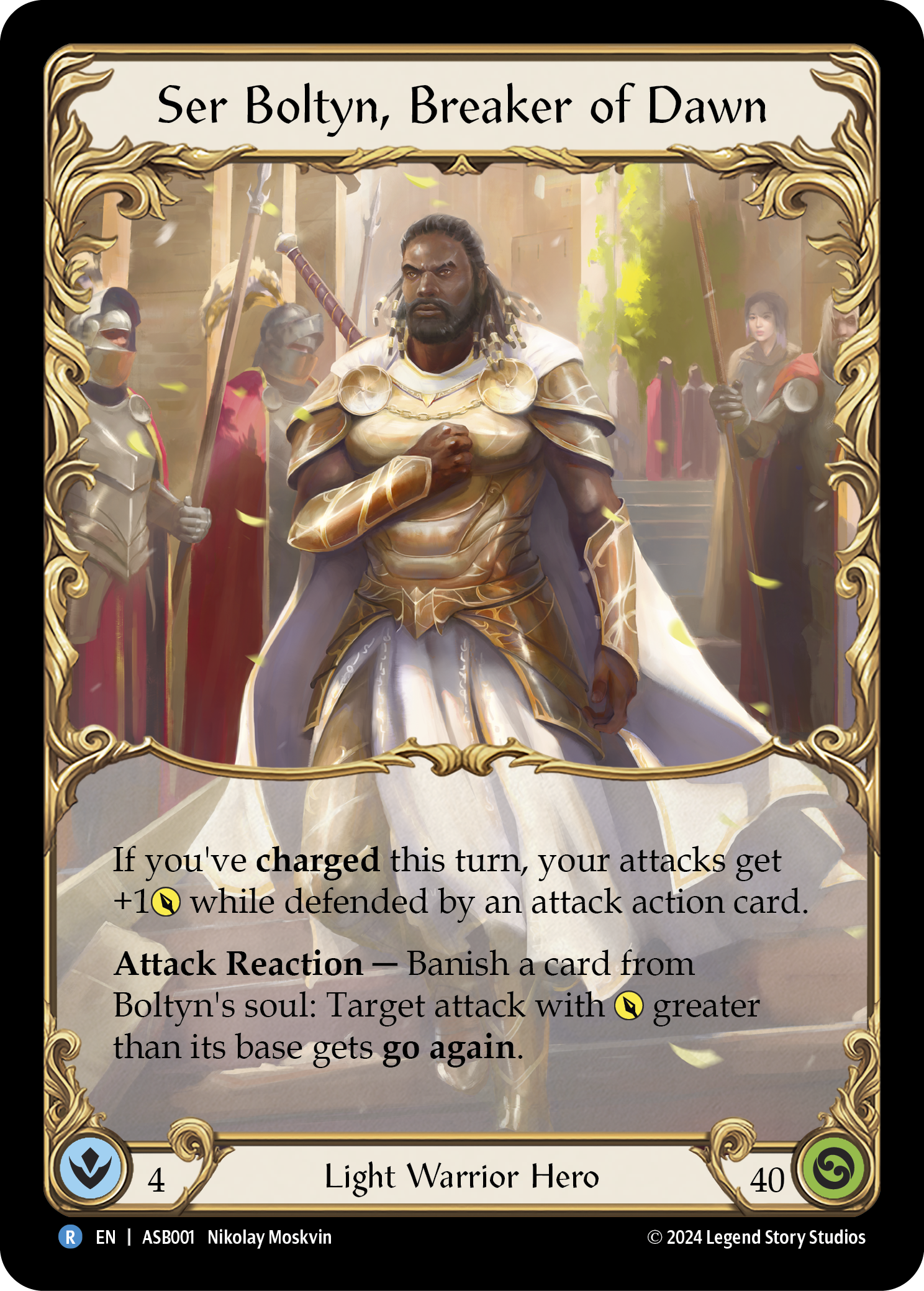
What all this means is that, even for Warrior mains, Heavy Hitters is asking them to try something new with this set. But also, it means that you don't have to be a Warrior main to find common ground and appealing attributes in Kassai and Olympia.
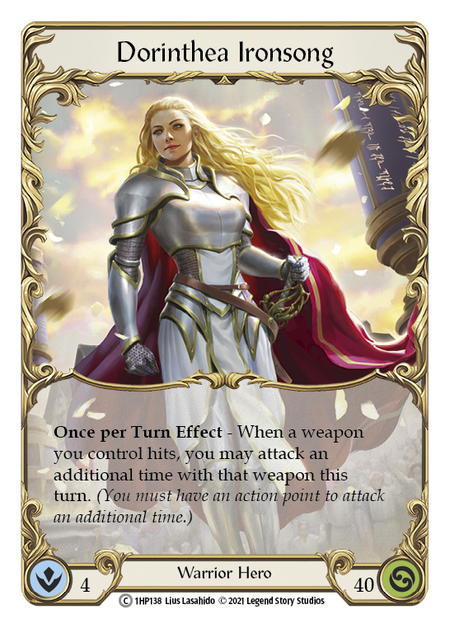
Defining the Class
We've already spent some time defining the Warrior class in the intro, but it essentially boils down to this: Warriors aim to make you unsure about your blocking through unassuming opening attacks that hide the true power and/or path of the turn. They're at their best when hitting carries a penalty: the growing threat of Dawnblade counters, a hoard of Copper, a charging Soul.
Warriors require more than just a skilled bluffing game. They require that you've devised backup plans for when your opponent outplays you. There is no greater momentum loss for Dorinthea than when her opening attack gets blocked out, and all the resources and cards you had prepared for your second attack are now stuck in hand and arsenal.
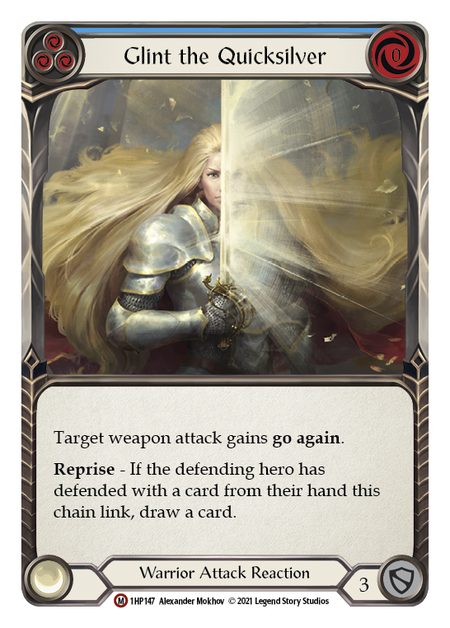
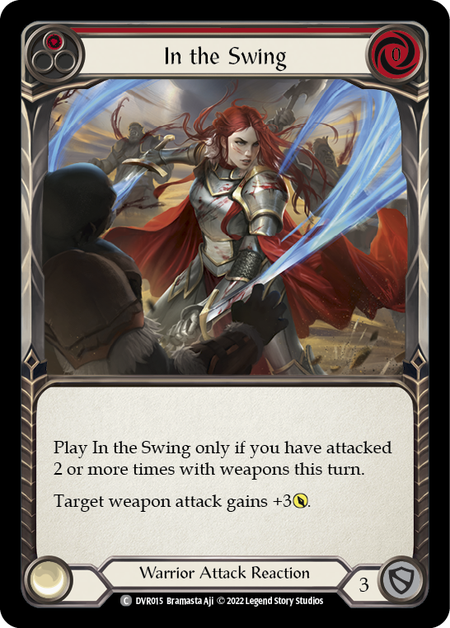
For this reason, Warriors often block with anything less than excellent hands, paring down their cards to what they know they can make use of - or don't mind stuffing in arsenal. A Warrior who chose to carry a full grip of cards into their attack phase should be assumed to be extremely dangerous.
Because of these core elements of identity, we should assume the Warriors of Heavy Hitters will similarly be looking to claim hits, and carry tricky tools to help them achieve those. Their weapons will be key to their gameplans, but just how central they are to any given turn remains to be seen.
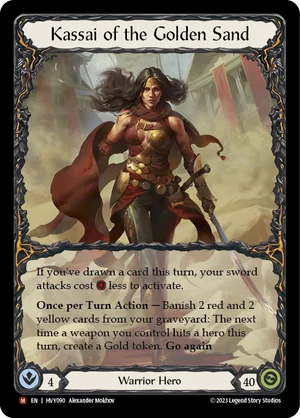
The Influence of Heavy Hitters
While both Olympia and Kassai of the Golden Sands are poised to make changes to the Warrior class, Kassai's appears much more interesting at this stage in our previews.
Both heroes are in the arena for Gold, but Kassai presents a unique incentive to actually use the effect printed on the Gold token: pay 2 resources to draw a card.
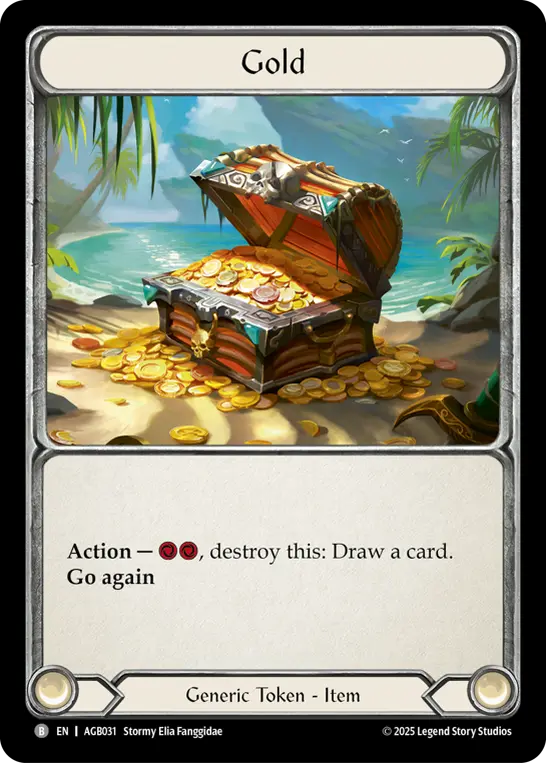
Assuming we've equipped a pair of signature Cintari Sabers, the cost for drawing a card is the same as the cost to swing our weapons - and because of Kassai's hero power, we get the weapons now for free! This efficiency incentivizes us to use any means possible to draw cards; and because we've got a build-in way to claim Gold on hit, it also incentivizes us to build our deck around red and yellow cards.
Previously, Warrior has heavily favored yellow cards. This is obviously true of Boltyn because of his Light talent; but even before that, many Warrior Majestics appeared in yellow, perhaps a nod toward the prevalence of Light in Solana's culture.
Red has been associated with the Draconic talent, notably prevalent in the region of Kassai's origin, Volcor. The blending of both colors in Kassai's deckbuilding is a cool nod to her blended identity.
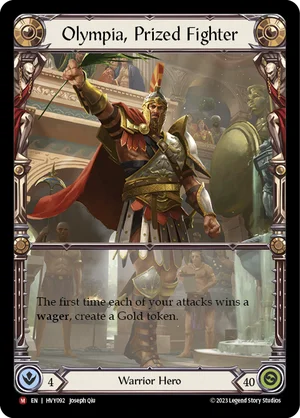
Another major theme of the set has been token generation - specifically, Might, Vigor, and Agility tokens (along with Gold, I suppose). These given +1 attack, +1 resource, and go again, respectively; and Warrior seems to favor Vigor and Agility this time around. Every Warrior in FAB relies on external sources of go again, which means these cards are likely to become considerations for each and every Warrior hero.
Finally, the new clash mechanic is fairly ubiquitous in this set, which penalizes decks that don't use high-powered attack actions. There are even Warrior cards with clash printed on them. At a minimum, Warriors will have to start including more attack actions in their sideboard - with the added benefit that it improves their game into Illusionists.
But Warriors also have non-talented attack actions for the first time, which might have been enough to change the calculus all on its own. Yes, they're dual class cards that block for 2, but they're Warrior stamped, which gives them synergy with the class card pool. At a minimum, Olympia and Boltyn will gladly welcome 6+ power attacks that they can easily give go again to.
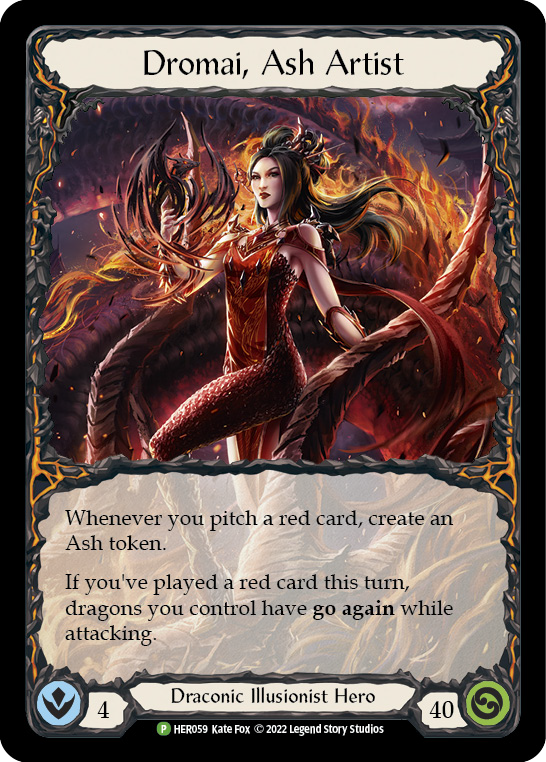
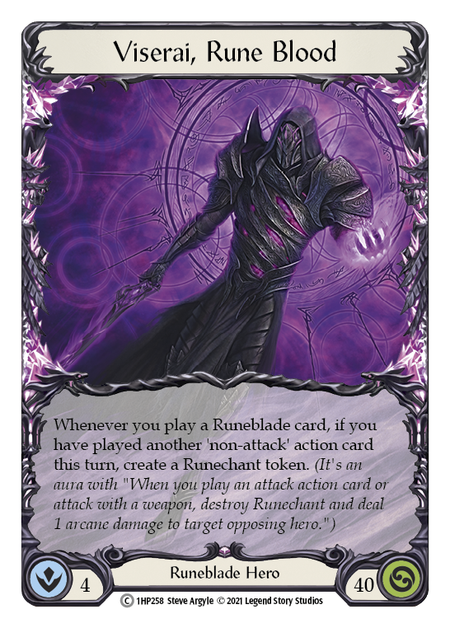
Comparable Champions
At first glance, Warriors seem incomparable simply because no one is playing the game in the reaction phase the way that they are. The closest would probably be Uzuri - we'll talk more about her in a moment - but where Warriors' attack numbers are always unpredictable, Uzuri's are almost always 6s, and it's the effects that are unexpected.
To my mind, the comparable factors lie in the course of the game, and in your goals from turn to turn. Warriors threaten you with acceleration, either through a slow and steady increase in threat or a countdown clock to an explosive conclusion.
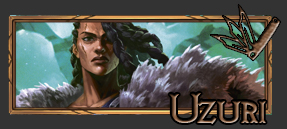
Let's get Uzuri out of the way first. The comparisons here are many. Both lead with a basic attack of 3 that you know will end up as something else. Both hold their true power until the opponent has committed to a course of action, allowing us to hang onto tools that won't do us any good and making our opponent over-spend. Both have extensive access to class-specific attack reactions (and notably, these reactions block for 3, adding to their flexibility). And now, both deal in tokens on hit.
I personally know of multiple Dorinthea+Uzuri mains, which attests to the satisfactory crossover of tactical interests that must exist between them. Of further note: they seem to excel in different metas, meaning you can drastically improve your tournament performance by developing the skills to shift between them. I expect Olympia, in particular, to feel akin to Uzuri; it may even prove that the best path from Uzuri to Dorinthea (and vice versa) passes through Olympia on the way.
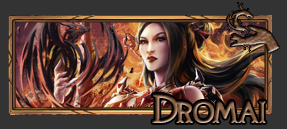
On the other end of the spectrum, Dromai is the preeminent Zoner hero of Classic Constructed, a title that Kassai would very much like to stake a claim in as well. While Dromai begins building her army from the very start of the game, Kassai saves it for a mid-game tempo pivot - but her Cintari Sellswords should prove much more difficult to take down, arriving en masse as they will.
Both hailing from the region of Volcor, Dromai and Kassai are familiar with fighting for resources. Kassai will welcome those Warrior cards that spawn Vigor tokens, while benefiting from the pushed stats of red cards. These are dynamics that Dromai players will already be comfortable working with, while the chance to be more proactive and aggressive in the early game may be a welcome change from Dromai's often-slower starts.
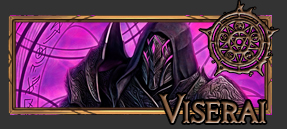
While Dromai players will find Kassai familiar in her 'right to the edges' efficiency and board-state endgame, Viserai players may relate to a slower, more reserved approach to the Hero of the Golden Sand. Building up a massive stockpile of gold while also setting up a resource nest via pitching blues and playing out Energy Potions could prime Kassai for a finisher that feels more Runechant than Ashwing.
Viserai players have had their seasons, and I'd argue we're in an off season right now. Dusk Till Dawn may have given us Vynnset, but the difference between Shadow Runeblade and just-Runeblade is night and day. For Viserai mains looking to expand their options during this drought, Vynnset isn't performing much better; it's really time to look outside the class for decks that scratch the same strategic itch.
The Way of the Warrior
Earlier, I alluded to the critical rite of passage that is facing down Dorinthea for the first time. There's a lot to be learned from that matchup, and I truly believe every FAB community is better with a Dori main in it. If you don't have one, do your playgroup a favor and become one.
The same could - and really should - be said for Boltyn; if you've never lost to a double Lumina Ascension, you will never see it coming. That said, Boltyn is incredibly skill-intensive, and it's easy to misunderstand how you should play the deck without watching it in action. Playgroups with talented Boltyn players should consider themselves incredibly lucky.
But for as much as you can learn from playing against a Warrior, you can learn so much more playing as one. Warriors can't rely on incredibly pushed stats or high-powered plays to get by; they must extract every bit of value from their cards, largely by getting you to mis-play against them, or risk falling behind.
Warriors use their arsenal constantly. It's a home for that card they didn't get to play when the opponent blocked just right, and a place to launch a surprising reaction from. They require a constant turnover of that card slot, or the lack of its availability will become another value-losing element of their gameplay.
Warrior gameplay punishes mistakes on both sides. Regularly playing Warrior will make you better at seeing the opportunities both players have to make mistakes, and hopefully improve your ability to avoid them.
Enlist with Heavy Hitters
Warriors are waiting for you in Heavy Hitters. Whether the rebuilt Kassai and the newly-introduced Olympia fit like a glove, require a new perspective, or feel completely foreign, I'd encourage you to give them a try. Next time, we'll round it out with a look at our newest Guardians - and I'll explain why Betsy and Victor have me enthusiastic for the class like I've never been before.




